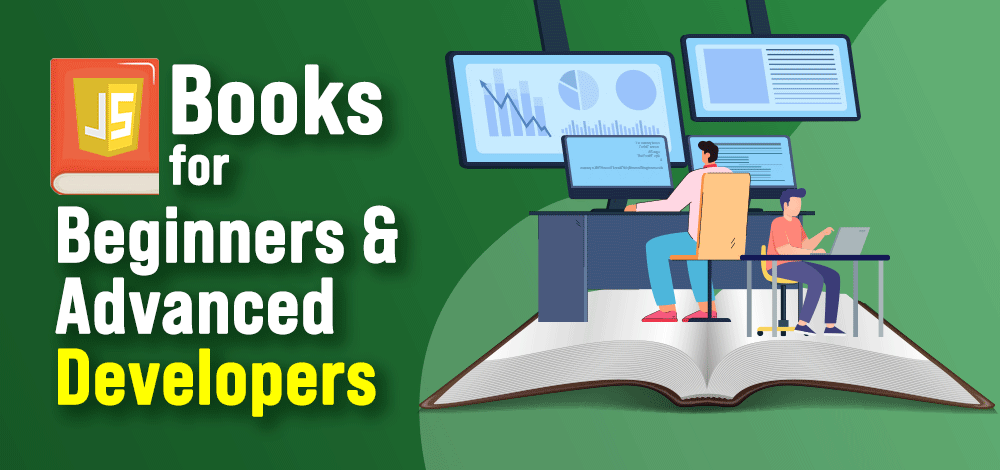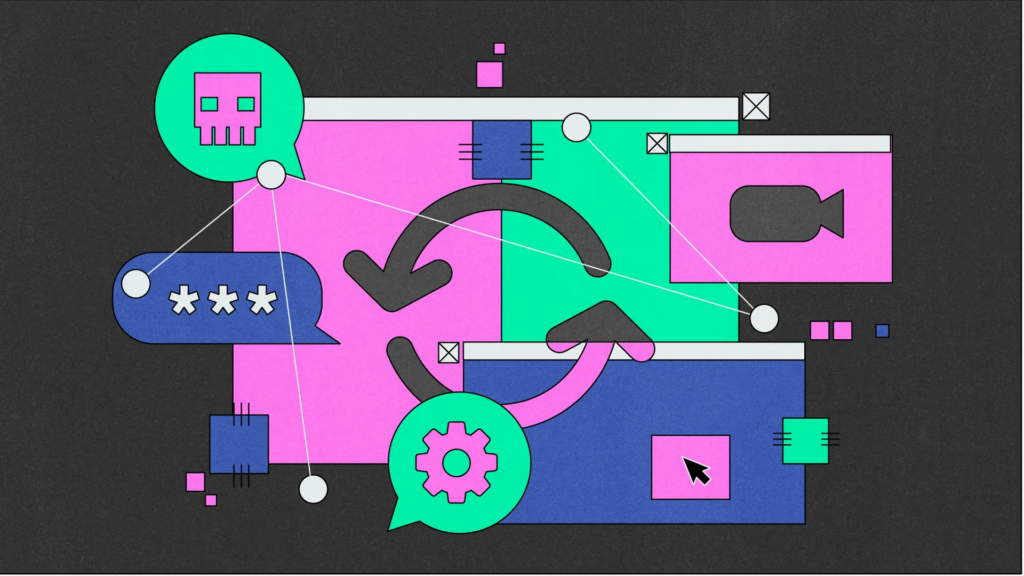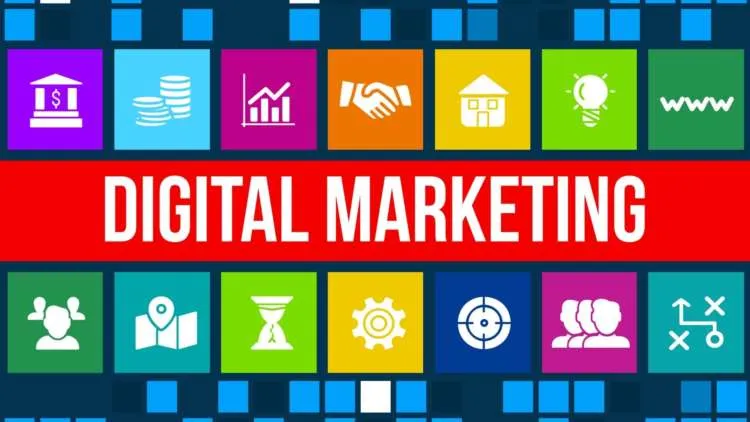Top 20 Books Every Software Developer Must Read In the fast-paced and ever-evolving world of software development, staying ahead of the curve is crucial for career success. One effective way to broaden your knowledge, refine your skills, and gain insights from seasoned experts is by diving into the pages of well-crafted books. In this blog post, we present a curated list of the Top 20 Books Every Software Developer Must Read and every software developer should consider reading to enhance their expertise and excel in their careers.
- “Clean Code: A Handbook of Agile Software Craftsmanship” by Robert C. Martin Top 20 Books Every Software Developer Must Read
- Learn the art of writing clean, maintainable, and efficient code, essential for any software developer aiming to produce high-quality software.
- Book Title: Clean Code: A Handbook of Agile Software Craftsmanship
- Author: Robert C. Martin
- Overview: “Clean Code” by Robert C. Martin is one of the Top 20 Books Every Software Developer Must Read a cornerstone in the library of software development literature. Published in 2008, this book has become a classic guide for developers striving to write maintainable, efficient, and high-quality code. The essence of “Clean Code” lies in the pursuit of creating code that is not just functional but is also elegant, readable, and easy to understand.
- Key Concepts:
- Meaningful Names:
- The importance of choosing clear and descriptive names for variables, functions, and classes to enhance code readability.
- Functions:
- Encourages the creation of small, focused functions that perform a single, well-defined task, promoting code simplicity and maintainability.
- Comments:
- Emphasizes the significance of writing self-explanatory code and reducing the need for comments, as clear code should speak for itself.
- Formatting:
- Discusses the impact of consistent code formatting, indentation, and spacing on the readability of the codebase.
- Objects and Data Structures:
- Explores the principles of object-oriented design and the importance of maintaining a balance between objects and data structures for flexibility and maintainability.
- Error Handling:
- Advocates for effective error handling through techniques such as exceptions, with an emphasis on graceful degradation.
- Unit Testing:
- Stresses the significance of unit testing as a fundamental practice for ensuring code reliability and facilitating future changes.
- Code Smells:
- Identifies common “code smells” or indicators of potential issues in code, helping developers recognize and address problems early on.
- Concurrency:
- Touches upon the challenges of writing clean and efficient concurrent code, providing guidelines for managing complexity in multi-threaded environments.
- Emergent Design:
- Explores the concept of emergent design, where clean code evolves over time through continuous refactoring and improvement.
- Impact on Developers: “Clean Code” has had a profound impact on the software development community by promoting a mindset shift from merely producing working code to crafting code as a form of art. Developers who embrace the principles outlined in the book often find themselves better equipped to collaborate with team members, adapt to changing requirements, and produce code that stands the test of time.
- Closing Thoughts: In the ever-evolving landscape of software development, “Clean Code” remains a timeless guide for developers aspiring to elevate their craftsmanship. By internalizing the principles advocated by Robert C. Martin, developers can not only enhance the quality of their code but also contribute to a culture of clean, maintainable, and collaborative software development within their teams and organizations.
- “The Pragmatic Programmer: Your Journey to Mastery” by Dave Thomas and Andy Hunt
- Gain practical tips and advice on various aspects of software development, from coding techniques to career management.
- Book Title: The Pragmatic Programmer: Your Journey to Mastery
- Authors: Dave Thomas and Andy Hunt
- Overview: “The Pragmatic Programmer” is one of Top 20 Books Every Software Developer Must Read by Dave Thomas and Andy Hunt is a seminal work that has influenced countless software developers since its first publication in 1999. Renowned for its pragmatic approach to software development, this book offers timeless advice, best practices, and techniques to help programmers navigate the complexities of their craft and embark on a journey to mastery.
- Key Concepts:
- The Cat Ate My Source Code:
- Addresses common excuses and challenges faced by developers, encouraging a proactive and accountable mindset.
- Software Entropy:
- Discusses the inevitability of software entropy and provides strategies to manage and mitigate the gradual deterioration of a codebase.
- DRY (Don’t Repeat Yourself):
- Advocates for the elimination of redundancy in code to enhance maintainability, reduce errors, and improve overall code quality.
- Orthogonality:
- Explores the concept of orthogonality, where changes in one part of the system do not affect others, promoting modular and decoupled design.
- Tracer Bullets:
- Introduces the concept of tracer bullets—prototypes or minimal implementations that help developers explore and understand complex systems.
- Programming by Coincidence:
- Advises against relying on accidental successes and instead encourages deliberate and principled programming practices.
- Stone Soup and Boiled Frogs:
- Metaphorically discusses the incremental and subtle nature of change, emphasizing the importance of adaptability and continuous improvement.
- Good Enough Software:
- Encourages developers to avoid perfectionism and strive for solutions that are “good enough” for the current requirements.
- Broken Windows:
- Describes the concept that neglecting small issues in a codebase can lead to a perception of lower quality, ultimately impacting overall software integrity.
- Cryptography:
- Introduces the importance of understanding basic cryptographic principles for secure software development.
- Impact on Developers: “The Pragmatic Programmer” has left an indelible mark on the software development community by promoting a pragmatic and principled approach to coding. Developers who embrace the book’s wisdom find themselves better equipped to tackle real-world challenges, make informed decisions, and continuously refine their skills.
- Closing Thoughts: A classic in the software development canon, “The Pragmatic Programmer” continues to guide developers on their journey to mastery. Its principles are as relevant today as they were when first penned, serving as a beacon for those seeking to navigate the complexities of software development with a pragmatic and principled mindset. For any developer striving for excellence and mastery in their craft, this book is an essential companion.
- “Design Patterns: Elements of Reusable Object-Oriented Software” by Erich Gamma, Richard Helm, Ralph Johnson, and John Vlissides Top 20 Books Every Software Developer Must Read
- Delve into classic design patterns that provide proven solutions to common problems, fostering good design practices.
- Book Title: Design Patterns: Elements of Reusable Object-Oriented Software
- Authors: Erich Gamma, Richard Helm, Ralph Johnson, John Vlissides (Gang of Four)
- Overview: “Design Patterns: is one of the Top 20 Books Every Software Developer Must Read Elements of Reusable Object-Oriented Software,” commonly known as the Gang of Four (GoF) book, is a seminal work in software engineering published in 1994. Written by Erich Gamma, Richard Helm, Ralph Johnson, and John Vlissides, the book introduces 23 classic design patterns that provide solutions to common problems encountered in software design. These patterns encapsulate best practices for creating flexible, maintainable, and scalable object-oriented software.
- Key Concepts:
- Creational Patterns:
- Singleton Pattern: Ensures a class has only one instance and provides a global point of access to it.
- Factory Method Pattern: Defines an interface for creating an object but leaves the choice of its type to the subclasses.
- Structural Patterns:
- Adapter Pattern: Allows the interface of an existing class to be used as another interface.
- Decorator Pattern: Attaches additional responsibilities to an object dynamically.
- Behavioral Patterns:
- Observer Pattern: Defines a one-to-many dependency between objects, ensuring that when one object changes state, all its dependents are notified and updated automatically.
- Strategy Pattern: Defines a family of algorithms, encapsulates each one, and makes them interchangeable.
- Singleton Pattern:
- Ensures a class has only one instance and provides a global point of access to it.
- Factory Method Pattern:
- Defines an interface for creating an object but leaves the choice of its type to the subclasses.
- Adapter Pattern:
- Allows the interface of an existing class to be used as another interface.
- Decorator Pattern:
- Attaches additional responsibilities to an object dynamically.
- Observer Pattern:
- Defines a one-to-many dependency between objects, ensuring that when one object changes state, all its dependents are notified and updated automatically.
- Strategy Pattern:
- Defines a family of algorithms, encapsulates each one, and makes them interchangeable.
- Impact on Software Development: “Design Patterns” is one of the Top 20 Books Every Software Developer Must Read has had a profound impact on software development by providing a common vocabulary and set of solutions for recurring design challenges. Developers who study and apply these patterns gain a deeper understanding of object-oriented design principles and learn how to create flexible and maintainable software systems. Design patterns foster code reuse, improve collaboration among team members, and contribute to the creation of robust and scalable software architectures.
- Closing Thoughts: “Design Patterns” is Top 20 Books Every Software Developer Must Read and an essential resource for software developers striving to elevate their design skills. By understanding and applying these design patterns, developers can create more adaptable and extensible software, fostering a shared design vocabulary within the development community. This timeless work continues to be a valuable guide for building robust and maintainable software systems.

“Code Complete: A Practical Handbook of Software Construction” by Steve McConnell( Top 20 Books Every Software Developer Must Read )
- A comprehensive guide covering the entire software development process, offering insights into coding techniques, debugging, testing, and more.
- “Code Complete: A Practical Handbook of Software Construction” is a highly regarded book in the field of software development, written by Steve McConnell. The book provides comprehensive and practical guidance on the process of writing high-quality software code. Here is a summary of key points from “Code Complete”:
- Fundamentals of Software Construction: McConnell emphasizes the importance of understanding the basics of software construction, including coding styles, naming conventions, and code organization.
- Design and Construction: The book covers the entire software development lifecycle, from initial design to coding and testing. It emphasizes the significance of a well-thought-out design before starting the coding process.
- Code Organization: McConnell discusses various aspects of code organization, such as modularization, naming conventions, and the use of classes and routines. He provides practical advice on creating maintainable and understandable code.
- Defensive Programming: The author advocates for defensive programming techniques to reduce the likelihood of bugs and errors. This includes proper error handling, input validation, and defensive coding practices.
- Code Quality: “Code Complete” emphasizes the importance of code quality and offers practical tips for writing clean, efficient, and maintainable code. It covers topics such as code formatting, documentation, and code reviews.
- Construction Practices: McConnell discusses various coding practices, such as iteration and recursion, and provides insights into choosing the right approach for different situations. The book addresses common coding challenges and suggests best practices for solving them.
- Testing: The importance of thorough testing is highlighted, including unit testing, integration testing, and system testing. McConnell provides guidance on creating effective test cases and ensuring comprehensive test coverage.
- Debugging: The book offers insights into effective debugging techniques, helping developers identify and fix issues efficiently. It discusses common debugging pitfalls and strategies for resolving them.
- Maintenance: McConnell recognizes that a significant portion of a software developer’s time is spent on maintenance. The book provides guidance on making code maintainable and discusses strategies for managing and reducing the complexity of existing code.
- Continuous Improvement: Throughout the book, McConnell emphasizes the importance of continuous learning and improvement in software development. He encourages developers to stay updated on best practices and to strive for excellence in their coding skills.
- “Code Complete” is Top 20 Books Every Software Developer Must Read and considered a classic in the software development literature, offering practical advice and insights that remain relevant to developers at all skill levels. It serves as a comprehensive guide for writing high-quality, maintainable code throughout the software development process.
- “Refactoring: Improving the Design of Existing Code” by Martin Fowler
- Master the art of improving the design of existing codebases through effective refactoring techniques.
- “You Don’t Know JS” series by Kyle Simpson
- Dive deep into the JavaScript language with this series, covering essential concepts and intricacies that every JavaScript developer should understand.
- “The Mythical Man-Month: Essays on Software Engineering” by Frederick P. Brooks Jr.
- Explore timeless insights into the challenges of software project management and team dynamics.
- “Continuous Delivery: Reliable Software Releases through Build, Test, and Deployment Automation” by Jez Humble and David Farley
- Learn the principles and practices of continuous delivery to streamline your software development and deployment processes.
- “The Clean Coder: A Code of Conduct for Professional Programmers” by Robert C. Martin
- Discover the principles and practices that define a professional programmer and elevate your career to the next level.
- “Domain-Driven Design: Tackling Complexity in the Heart of Software” by Eric Evans
- Understand how to model complex systems effectively and align software design with business requirements.
- “Test-Driven Development: By Example” by Kent Beck
- Master the art of test-driven development (TDD) and understand how it can lead to more robust and maintainable code.
- “Soft Skills: The Software Developer’s Life Manual” by John Sonmez
- Explore the non-technical skills crucial for a successful software development career, including time management, career planning, and marketing yourself.
- “Principles of Object-Oriented Design in Ruby” by Sandi Metz
- Deepen your understanding of object-oriented design principles using Ruby as a practical and illustrative language.
- “The Art of Computer Programming” by Donald E. Knuth
- Embark on a comprehensive journey through the fundamental algorithms and principles of computer programming.
- “Code: The Hidden Language of Computer Hardware and Software” by Charles Petzold
- Gain a foundational understanding of how computers work from the ground up, starting with basic concepts.
- “Accelerate: The Science of Lean Software and DevOps: Building and Scaling High Performing Technology Organizations” by Nicole Forsgren, Jez Humble, and Gene Kim
- Explore the principles and practices that lead to high-performance software development and delivery.
- “Head First Design Patterns” by Eric Freeman, Elisabeth Robson, Bert Bates, and Kathy Sierra
- Grasp design patterns in a visually engaging and interactive manner, making learning both fun and effective.
- “Eloquent JavaScript: A Modern Introduction to Programming” by Marijn Haverbeke
- Enhance your JavaScript skills with this beginner-friendly and comprehensive guide.
- “Sprint: How to Solve Big Problems and Test New Ideas in Just Five Days” by Jake Knapp
- Learn about the design sprint process and how it can accelerate product development and innovation.
- “Peopleware: Productive Projects and Teams” by Tom DeMarco and Timothy Lister
- Understand the human side of software development, including team dynamics, motivation, and project management.
Investing time in reading these Top 20 Books Every Software Developer Must Read significantly contribute to your growth as a software developer. Whether you’re a novice seeking foundational knowledge or a seasoned professional aiming to stay updated with industry best practices, these books offer a wealth of insights and expertise. Happy reading, and may your software development journey be both rewarding and intellectually stimulating!
Read More : Unveiling the Top 10 Best Open Source Projects on GitHub in 2024
Follow us on Instagram – Click Here





